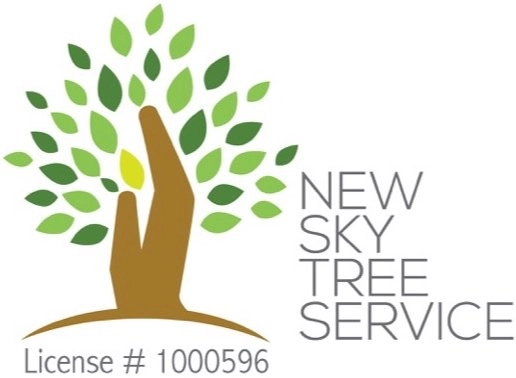How To Choose the Right Fremont Tree Service
When you're considering companies for tree removal, you might look at factors like services and licensing. We highlight some of the most important considerations below.
Vet the Company's Qualifications
The tree service company you choose should have insurance, including general liability, workers' compensation, and professional liability insurance. These policies protect both workers and customers. Policies should mention tree work coverage specifically, because otherwise you can be liable for any damage or injuries that occur on your property. Tree removal companies don't need any mandatory national certifications, but might employ a certified arborist to conduct inspections. Arborists are specialists who have earned voluntary certifications from the International Society of Arboriculture (ISA). Companies aren't required to employ one, but arborists provide many benefits due to their training in tree preservation, care, and maintenance.
Get Quotes From Multiple Companies
Homeowners should get quotes from multiple companies to compare things like included services, timelines, and service fees. This helps find the best deal.
Confirm the Company Performs Residential Tree Services
Look for tree removal companies that specialize in residential services. These companies have fewer city-mandated service restrictions than commercial companies, which are required to follow certain city ordinances.
Request a Tree Risk Assessment
A tree risk assessment (TRA) assesses for tree failure. Your tree removal professional will visually inspect a tree to determine the risk of the tree or its branches breaking. A TRA is done to help minimize the risk of harm to tree service workers and your property. Speak with your tree removal service provider and make sure a TRA is completed before work begins. Certified arborists typically conduct these assessments. Some companies include TRAs with services, while others charge an additional fee.
Ask About Stump Removal
Tree service companies can remove stumps from your yard with special equipment or by hand. This is important because unattended stumps will rot over time and might attract pests or become diseased. Check with potential companies to verify stump removal is included with their service. Costs range from $105 to $767, with the typical Fremont homeowner paying around $488.
How Much Does It Cost To Remove A Tree?
The cost of tree removal services falls between $476 and $2,092, averaging of $976. Factors such as project size, tree health, and tree size and type may impact the total price. Emergency tree removal costs about $2,510, and any tree will incur additional fees if it has a higher failure risk or requires additional safety precautions, equipment, or labor. A company may charge per acre instead of per tree if you're having multiple trees removed.
Ready to Get a Quote on Your Tree Project?
Please enter a valid 5-digit zip code!
Frequently Asked Questions About Tree Removal in Fremont
What are common tree issues?
How are tree pruning and tree trimming different?
What are some signs that a tree is dangerous?
Do I need to hire a professional for tree removal?
Is it safe to leave a downed tree sitting on my lawn?
To share feedback or ask a question about this article, send a note to our Reviews Team at reviewsteam@thisoldhousereviews.com.













